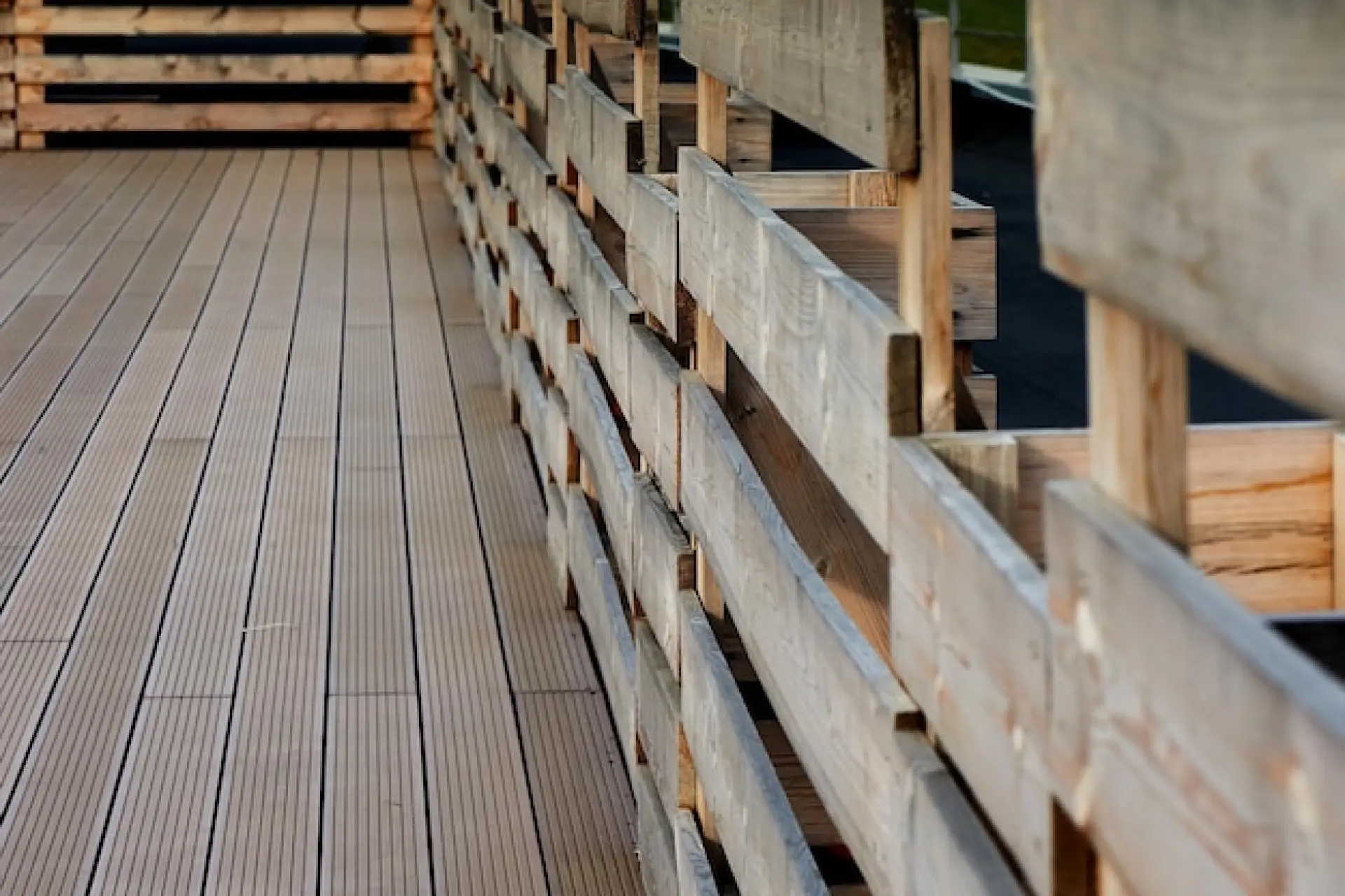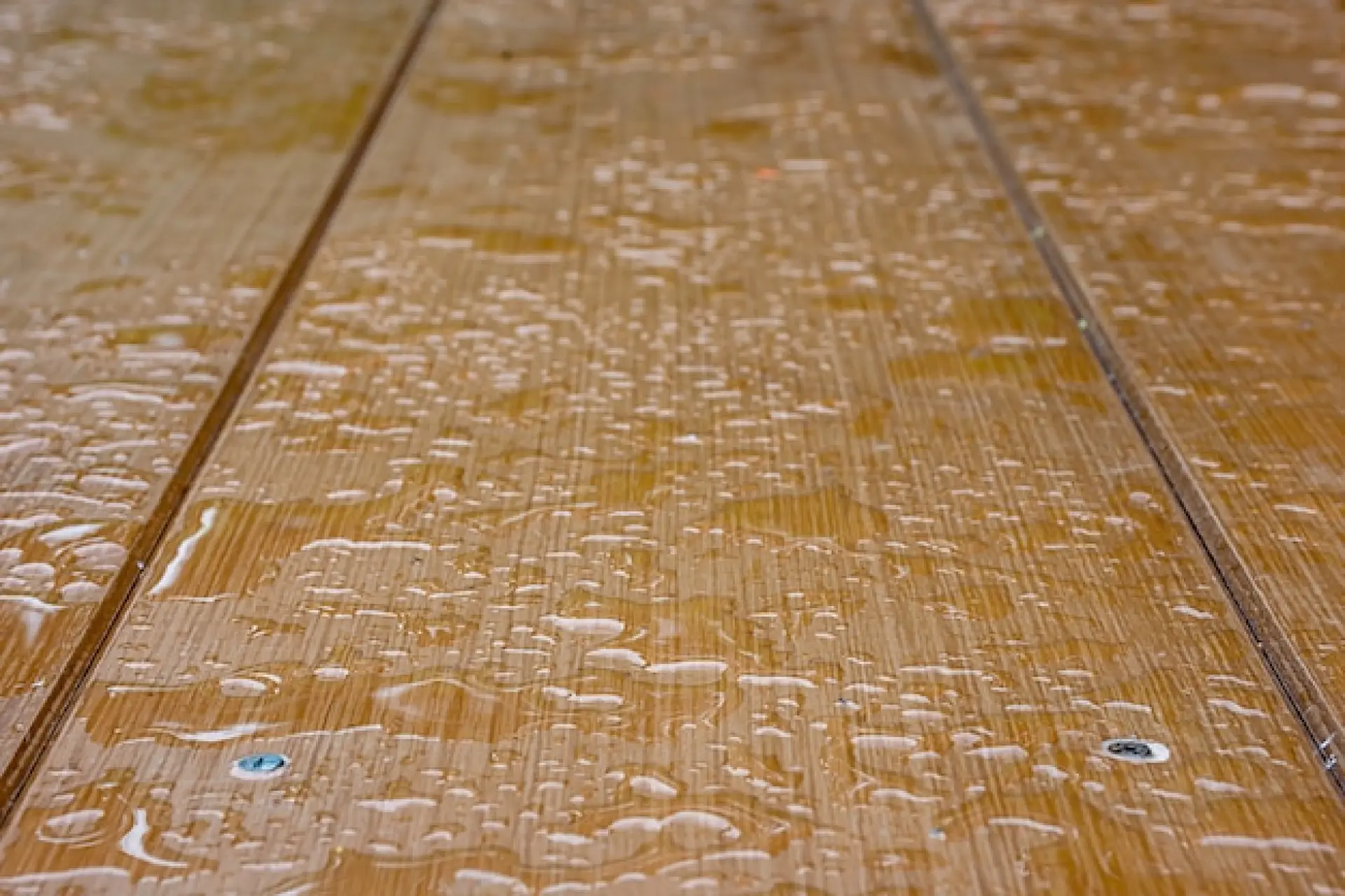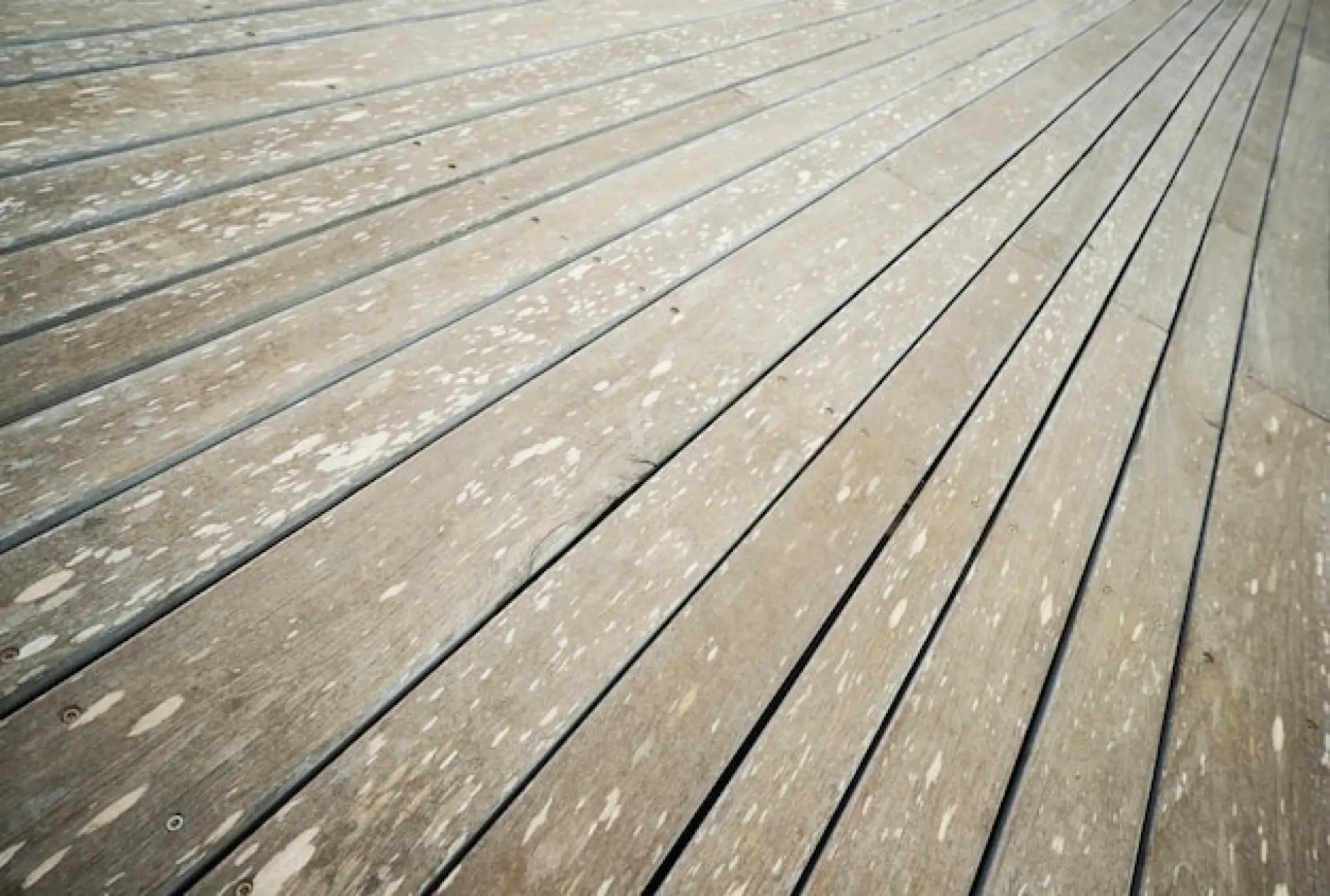Prevent common decking installation mistakes for a long-lasting, durable deck. Learn about proper measurements, material choice and more.
Choosing the Wrong Decking Material
Selecting the right decking material is essential for durability, maintenance, and aesthetics. Many homeowners make the mistake of choosing materials based solely on price, without considering factors like climate, foot traffic, and upkeep. For example, timber decking looks natural but requires regular treatment to prevent rot and warping, while composite decking offers low maintenance but may have a higher upfront cost.
To avoid this mistake, research the pros and cons of different materials before making a decision. Consider factors such as exposure to the elements, resistance to moisture, and ease of cleaning. If unsure, consult a professional who can recommend the best option based on your needs and budget. A well-informed choice will ensure long-lasting results.
Poor Planning and Incorrect Measurements
Failing to plan properly can lead to unnecessary waste, structural weaknesses, or a deck that doesn’t fit the intended space. One common mistake is not measuring the area accurately, which can result in gaps, misalignment, or an unstable structure. Additionally, failing to check local building regulations may lead to compliance issues.
To prevent these errors, create a detailed plan before starting the project. Measure the space multiple times to ensure accuracy and account for material expansion or contraction. Sketch a layout, including joist placement and support points. Checking local building codes will also help ensure your deck meets safety requirements. Proper planning saves time, money, and frustration.

Another aspect of planning that is often overlooked is ensuring that the deck integrates seamlessly with the rest of the outdoor space.
Poor positioning can create problems with access, shade, and usability. For example, if the deck is placed too close to trees or walls, it can limit airflow and lead to damp conditions, encouraging mould or rot.
Additionally, failing to factor in furniture placement, movement areas, or future extensions can make the deck feel cramped or impractical. It is also important to consider the long-term wear and tear of decking materials and how they will expand and contract throughout the seasons.
Ignoring Proper Ground Preparation
Skipping ground preparation can lead to long-term structural problems. If the ground isn’t level or lacks proper support, the deck may shift, sink, or become unstable over time. Failing to remove vegetation, compact the soil, or install a proper foundation can also contribute to drainage issues and premature deterioration.
To avoid these problems, clear the site of any grass, weeds, or debris before installation. Level the ground and use a compacted gravel or concrete base for added stability. If the deck is elevated, ensure the footings are deep enough to support the structure and prevent movement. Proper groundwork is crucial for a sturdy, long-lasting deck.
Not Allowing for Proper Drainage
Poor drainage can lead to standing water, causing wood rot, mould growth, and premature decking failure. Many homeowners fail to incorporate drainage gaps between boards or ignore the slope of the deck, allowing water to pool instead of running off. To prevent water-related issues, install decking boards with adequate spacing to allow for water drainage and air circulation.
If installing a ground-level deck, ensure the site slopes slightly away from the house to direct water flow. For elevated decks, use a waterproof membrane beneath the surface to protect the joists. Proper drainage improves the lifespan of the deck and reduces maintenance needs.

Another critical consideration is the placement of drainage systems around the deck to prevent water from accumulating underneath.
Without proper drainage channels or gravel beds, water can collect beneath the decking, leading to erosion, damp conditions, and weakened structural support.
If water seeps into poorly treated timber or accumulates in certain areas, it can also create slipping hazards, especially in colder months when ice forms.
Guttering and downpipes should be directed away from the deck to prevent excess moisture, and breathable materials should be used to allow sufficient air circulation.
Incorrect Joist Spacing and Support Issues
Joists provide structural support for decking boards, but incorrect spacing can lead to weak spots, sagging, or even collapse. A common mistake is placing joists too far apart, which can cause the boards to flex excessively underfoot. Additionally, inadequate footings or poorly secured posts may compromise stability.
To ensure a sturdy deck, follow the manufacturer’s recommendations for joist spacing, typically 300mm to 400mm centres for timber and closer for composite boards.
Use treated timber or metal brackets for secure connections and ensure posts are properly anchored. Checking weight-bearing capacity and reinforcing weak points will result in a safer, more durable deck that withstands everyday use.
Are you looking for fencing and decking in Milton Keynes? Milton Keynes Fence Installation is the leading contractor for wooden fencing in the area.
We are proud specialists of timber garden fences of all types. We have worked with homes of all sizes and layouts to provide you with a personal, bespoke fencing solution for your property.
